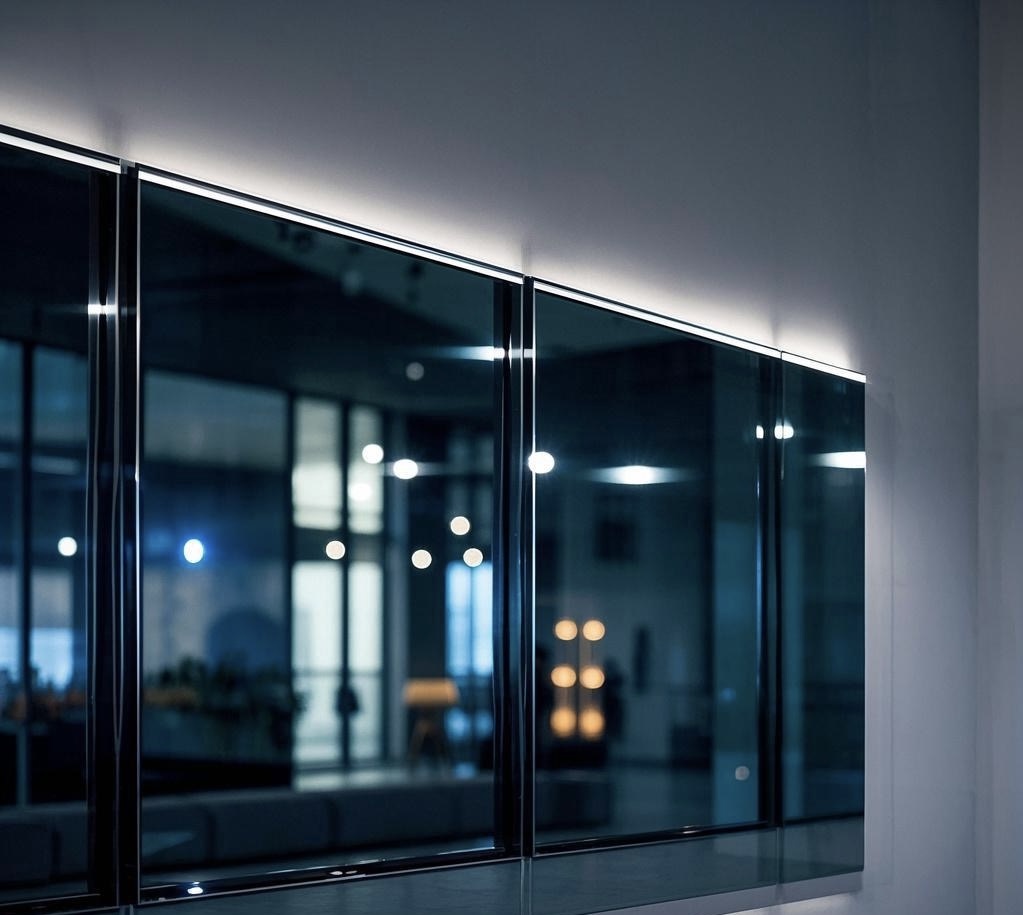How to Distinguish Silver Mirror, Copper-Free & Lead-Free Silver Mirror, and Aluminum Mirror
Mirrors are essential components in home decor, architecture, and industrial applications. However, not all mirrors are created equal. Understanding the differences between silver mirrors, copper-free & lead-free silver mirrors, and aluminum mirrors can help you choose the right type for your specific needs. This guide will explain the key characteristics, benefits, and applications of each mirror type.
1. Silver Mirror
A traditional silver mirror is made by coating a glass sheet with a reflective layer of silver nitrate, followed by protective layers of copper and paint to enhance durability and prevent oxidation.
Key Features:
High reflectivity: Silver provides a superior reflection quality compared to other metals.
Durability: Copper and paint layers protect the silver coating from corrosion.
Common applications: Used in high-end furniture, decorative mirrors, and optical instruments.
How to Identify a Silver Mirror:
The mirror provides a clear, bright reflection.
It has a copper backing layer (visible from the side in some cases).
The mirror is heavier compared to aluminum mirrors.

2. Copper-Free & Lead-Free Silver Mirror
A copper-free and lead-free silver mirror is an eco-friendly version of the traditional silver mirror. Instead of a copper layer, it uses a special protective coating to prevent oxidation, making it a more sustainable and corrosion-resistant option.
Key Features:
Environmental benefits: Free from copper and lead, reducing pollution.
Enhanced durability: More resistant to corrosion, especially in humid environments.
Better optical clarity: Maintains the high reflectivity of traditional silver mirrors.
Common applications: Suitable for bathrooms, coastal buildings, and green building projects.
How to Identify a Copper-Free & Lead-Free Silver Mirror:
Lacks the copper backing layer found in traditional silver mirrors.
More resistant to oxidation and discoloration.
Often labeled as eco-friendly or compliant with environmental regulations.
3. Aluminum Mirror
An aluminum mirror is produced by vacuum-coating an aluminum layer onto a glass sheet. It is a cost-effective alternative to silver mirrors but has lower reflectivity and durability.
Key Features:
More affordable: Lower production costs make aluminum mirrors widely used in budget-friendly applications.
Lower reflectivity: Compared to silver mirrors, aluminum mirrors tend to have a slightly darker reflection.
Susceptible to corrosion: More prone to oxidation in humid environments.
Common applications: Used in automotive rearview mirrors, makeup mirrors, and industrial applications.

How to Identify an Aluminum Mirror:

If you found this guide helpful, share it with others or leave a comment below with any questions about mirror selection!
